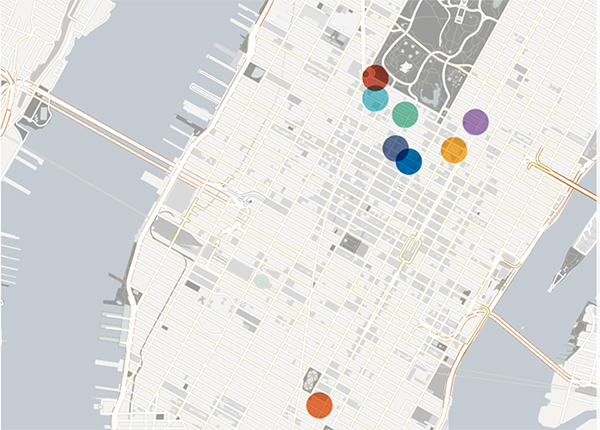Trending
Manhattan’s “super prime” luxury condo developments, ranked
Knight Frank report identified those with the highest average price-per-foot

UPDATED: Nov. 27, 7:23 p.m: Uber luxury, meet super prime. At least that’s what Knight Frank is calling it, in a new report on the highest reaches of the condominium market.
Though high-end sales faltered in Manhattan after 2015, the development of some of the most expensive condo projects ever planned pushed forward, and there’s a new class of “super prime” developments already available or set to come online by 2020.
The most expensive of the crop is by far Vornado Realty Trust’s 220 Central Park South, with 90 apartments averaging $8,989 a square foot, according to the U.K.-based brokerage. Extell Development’s Central Park Tower, Zeckendorf Development’s 520 Park Avenue and CIM Group and Macklowe Properties’ 432 Park Avenue followed on the list, at averages of $7,024, $6,084, $6,026 a square foot, respectively. (432 Park however, was ranked based on closed sales, while the other properties were ranked based on asking price.)
At number five is the troubled 111 West 57th Street, where JDS Development and Property Markets Group put sales on hold and litigation abounds. The asking prices there average $5,753 a square foot.
The Bottom Five Included 70 Vestry Street, 53 West 53rd Street, 215 Chrystie Street, the Baccarat Hotel and Residences and, finally, Madison Square Park Tower, which has an average price per foot of $3,849, less than half the average price at 220 CPS, for example.
The report, co-authored by Jonathan Miller and Douglas Elliman’s Andrew Wachtfogel, said continuing global unrest could lead to further safe-havening of international money into New York City real estate. It’s a factor to watch over the next year, as either sales roll in or prices get cut. The authors also cited the falling U.S. dollar, which increases foreign buying power in New York.
Read the report here.




